
Eye degeneration is also called macular degeneration and it is found to be one of the frequently diagnosed conditions associated with significant loss of vision in patients over 60 years of age. This condition is closely related to aging process and thus known as age-related macular degeneration or just AMD.
Doctors differentiate dry and wet forms of AMD. Macula of the patients suffering from “dry” AMD usually contains drusen (yellow deposits) and these structures may dim or change the vision. |The condition can impair their reading or, in advanced stages, cause blind spots in the center of vision or even lead to loss of central vision.
Patients suffering from wet AMD experience choroidal neovascularization (the growth of new blood vessels in the choroid). Bleeding and leaking of fluids from these blood vessels may cause problems in the retina, blind spots and central loss of vision (temporary or permanent). This form of eye degeneration is rare and affects just 10% of all AMD patients, but it can cause permanent central vision loss.
AMD Risks and Symptoms
Macular degeneration is often seen in elderly patients, especially in those older than 60 years of age. However, certain factors can contribute to development of this problem. These include smoking, obesity and hypertension, particularly in Caucasian patients. People may also be genetically predisposed to AMD, if they happen to inherit this condition from their parents.
Early stages of eye degeneration may not cause any symptoms or patients may not recognize them for some time. In most cases, patients start to see straight lines as wavy, as the first symptom of AMD, which can progress further and cause more serious problems. Distortion of central vision or the appearance of blurry, dark or white areas as well as changed perception of color will also indicate macular degeneration.Available Treatments for Macular Degeneration
Current medicine has no cure for AMD, which makes early detection and proper treatment very important. Therapy can prevent serious loss of vision and slow the progression of this disease. Commonly used approaches involve the use of anti-angiogenesis drugs, some vitamins (C, E, beta carotene) and minerals (copper, zinc), low vision aids, as well as laser and photodynamic laser therapy.
Several treatments are considered to be experimental and are not frequently recommended to AMD patients. Submacular and retinal translocation surgery are quite uncommon procedures these days, used to destroy abnormal blood vessels or remove the blood present in the eye.



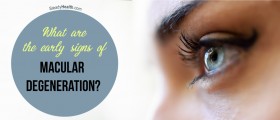


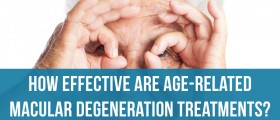

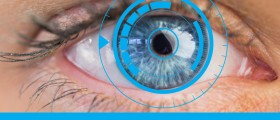
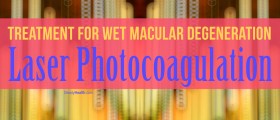
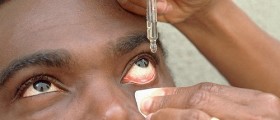

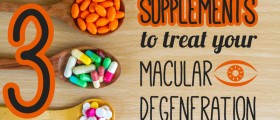
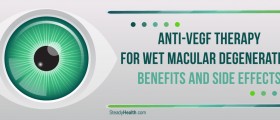
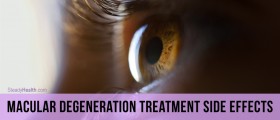
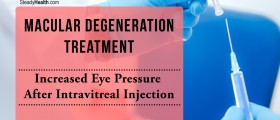

Your thoughts on this
Loading...